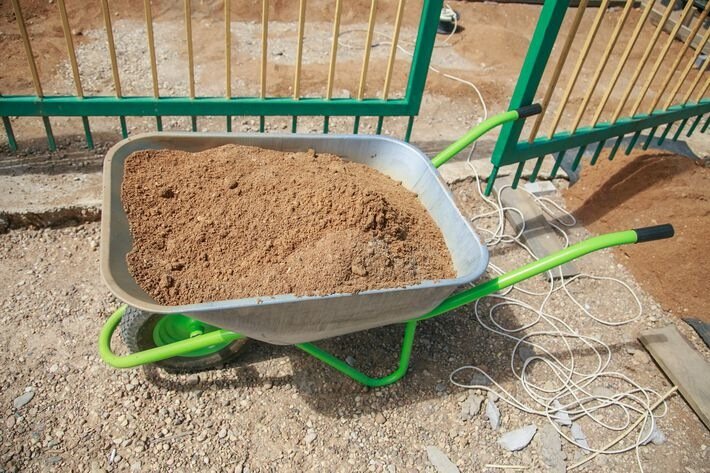How to Set Up a Compost Heap Without Attracting Rats: Three Top Tips for Gardeners
A compost heap allows you to reduce the amount of waste, while simultaneously creating fertile material for the garden and vegetable garden.
However, if rats appear in the compost heap, problems begin. Therefore, it is worth figuring out how to build a compost heap that will not attract rats.
Anastasia Kovrizhnykh , an expert of the online publication "BelNovosti", an agronomist and landscape designer, told how and where to set up a compost heap.
The right place
The location of your compost pile is critical to preventing rats from being attracted.
It is not worth building it near buildings or trees where rats may live. In this case, they will leave "their home" to find food.

It is best to choose an open, well-lit place in an open area that will provide good air circulation. Such a place will not only protect from unwanted guests, but is also optimal for compost production.
What can and cannot be added
One of the key points in preventing rats is choosing the right materials for your compost pile. Avoid adding:
1) meat;
2) fish;
3) dairy products.
Generally speaking, food products will definitely attract rats and other rodents to the compost pit.
The compost needs to be turned regularly.
To create a healthy compost pile that won't attract rats, you need to make sure it's well-ventilated and decomposing. Turning the compost regularly will help ensure good air circulation and speed up the decomposition process.
This will also help prevent rats from appearing, as they prefer areas with dense, low-moving material.
All these tips can be called basic, so they should definitely be followed to get rid of unwanted guests on your property.
Earlier we talked about what fertilizers experienced gardeners use in the greenhouse in the spring .
